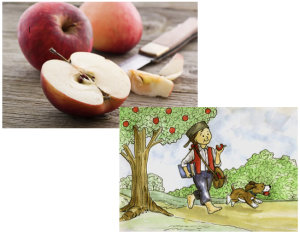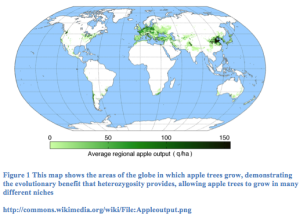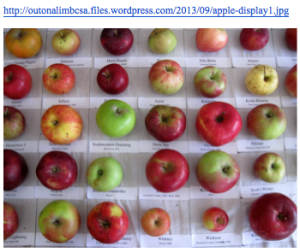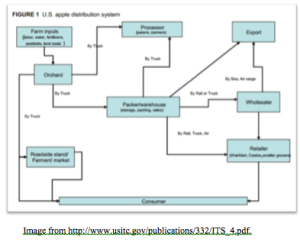Grafting is the process of creating a genetically identical apple tree. Carefully, trees are selected for the DNA, and then from that tree you take leaves and buds and place them inside the host tree. The taste of the genetically identical tree will taste like you are eating the very same apple. Grafting is a delicate process so it done because of the modernization of apples. Essentially grafting is cloning, of the parent tree. The parent tree is the source of the original genetic material.
In order to successfully graft an apple tree you have to cut down the desired tree, this process is referred to as scions. Usually grafting is the combination of two trees but there can be a combination of multiple. To get the best results for grafting is during the spring time when the under stocks of the trees begin to open; prime months are April and May. Believe it or not, there is an ideal age of the tree to graft; young fruit trees are best. Older trees often times need more work, due to their enlarged trunk.
Tree branches of the same species naturally graft without any outside interference. Naturally grafting is called inosculation; essentially the two trees fuse together to make one. The two fused trees are able to share nutrients, minerals and other necessities. Natural grafting saves giving a better advantage to the weaker trees, which would have been taken out by natural selection.
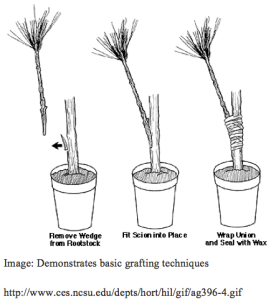
Works Cited
“An Easy Method for Grafting Apple Trees.” Mother Earth News. N.p., n.d. Web. 11 Nov. 2014.
“Grafting & Budding Fruit Trees.” Grafting & Budding Fruit Trees. N.p., n.d. Web. 11 Nov. 2014.
